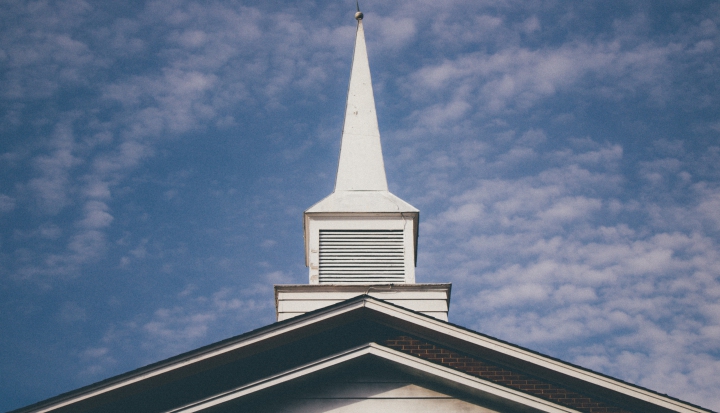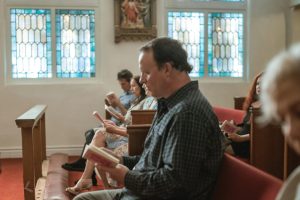Should your church consider becoming a place of sanctuary? Here are a few key steps that may help you decide.
Talk to the congregation
The people of Saint Thomas More Catholic Community in St. Paul, Minnesota went through a five-month process of discussion and debate before dedicating their space as a sanctuary. “Our parish has a social justice bent, but some people thought this was too political at first,” says Jesuit Father Warren Sazama, pastor of Saint Thomas More.
After a number of sessions that were open to all parishioners, the leadership collected questions, responded, and finally drafted a statement to distribute to the whole parish after vetting it with the council and trustees. “We got a lot of moving testimonies from people saying how proud they were,” says Sazama. “We did suggest that if you don’t support this action, support immigrants in other ways in our parish and we can all still feel welcome.”
Find local support
Franciscan Conventual Father Tom Smith, director of the Holy Cross Retreat Center in New Mexico, says they have a large support network, including Catholic Charities, CAFé, and other local groups.
“You need a core of people who will assist in this,” he says. “For one small organization to do it alone is a lot of time.” Smith recommends looking for local chapters of the groups named above, as well as Faith in Action (which used to be called PICO). He also notes that a church community itself can be a huge resource, as Sazama has seen in St. Paul.
Consider the physical space
The Holy Cross Retreat Center is designated for guests and is located on 40 acres set back from main roads. Saint Thomas More renovated their former rectory, which has a kitchenette and a full bathroom as well as two bedrooms. Having a space that is up to code for guests is essential.
Define what you can do
Jesuit Father Bryan Pham, a canon and civil lawyer in Los Angeles, suggests spelling out services that you are willing to offer people who are seeking sanctuary. “Think about whether you can offer amenities for people who will be there for days, weeks, or months,” he says. Can you offer legal services, perhaps pro bono from someone in the community? “You don’t want to mislead people who need help.”
This sidebar accompanies the story “How churches can protect undocumented immigrants”, which also ran in the November 2018 issue of U.S. Catholic.
Image: Joshua Rodriguez on Unsplash












Add comment